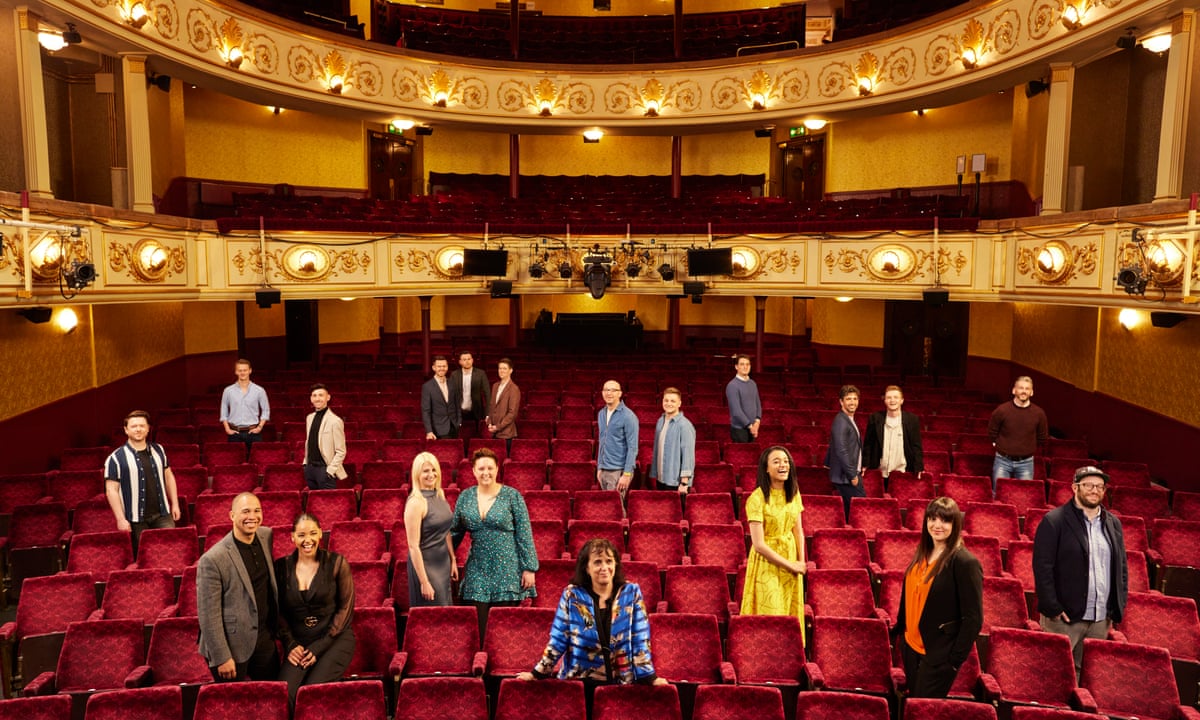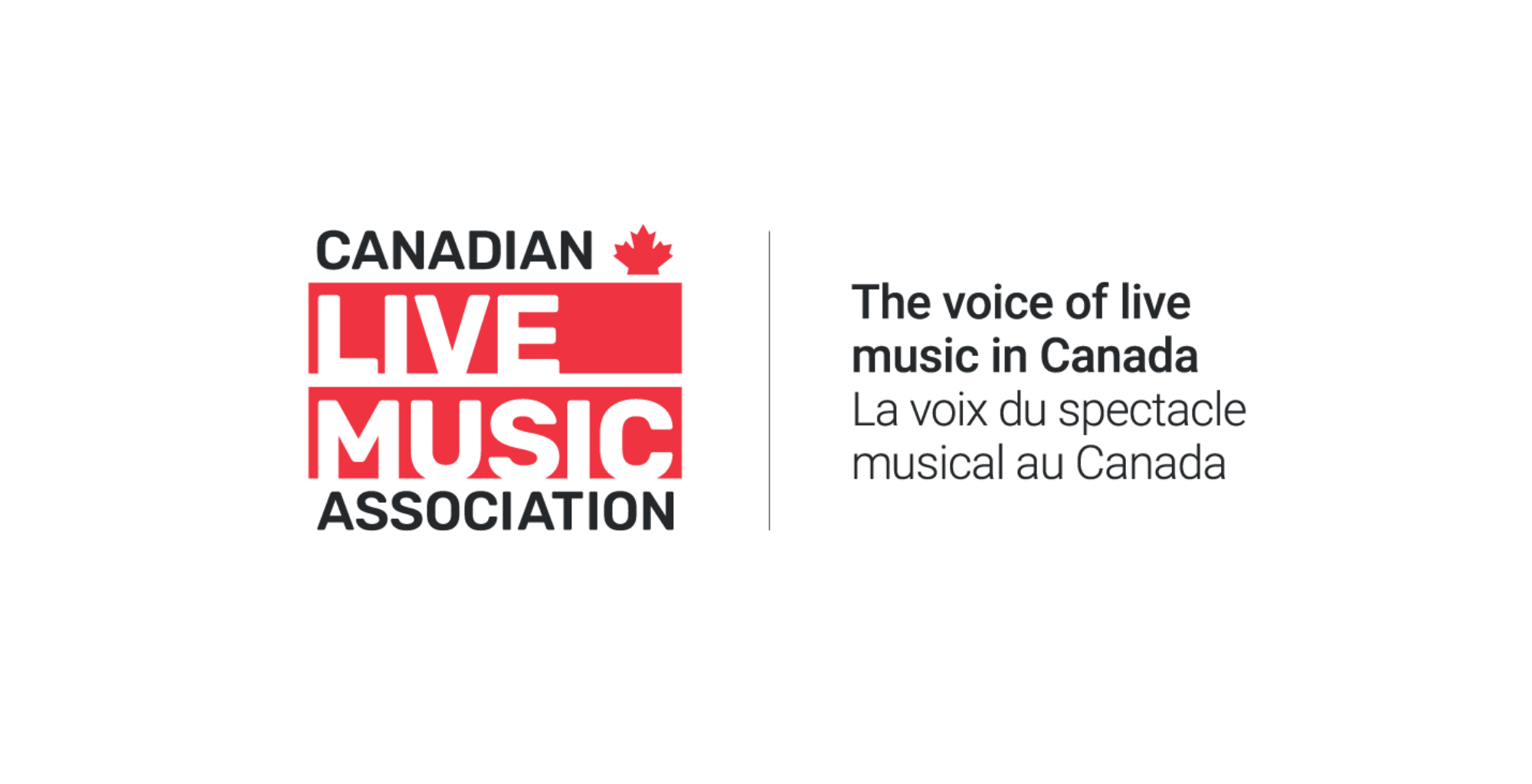Theatre, live music and other performing arts should be a priority in COVID-19 reopening plans

Before COVID-19 shutdowns in March 2020, my drama students and I at Carleton University were scheduled to attend a live theatre production of Daisy, by playwright Sean Devine, that opened (and promptly closed) at the Great Canadian Theatre Company in Ottawa.
Prior to the pandemic, as part of the Ottawa theatre community and the co-ordinator of Carleton’s Drama Studies programme, I would typically attend a production of the performing arts theatre, dance, opera on average once a week.
While missing live events due to closures, I have been among the many members of the public who turned to online arts and culture events. I also integrated these into my teaching.
There were innovative productions shared by many arts companies throughout the past year, such as the series Grand Acts of Theatre which engaged 14 theatre companies to create and perform works in front of live audiences outdoors, and then shared video performances online.
These were co-curated by National Arts Centre’s English artistic director Jillian Keiley with Sherry J. Yoon, artistic director of Boca del Lupo.

These kinds of collaborations that straddle live performance and online content may well have welcome permanent effects on how the arts engages audiences and how diverse cross-Canada audiences and creators access theatre resources.
But we must remember that online experiences not a replacement for live performance. Our policy-makers need to pay closer attention to the critical role of the arts in healthy and vibrant societies and do a much better job at prioritising live arts in COVID-19 reopenings.
Sectors at risk
As the OECD notes, arts and entertainment are among the sectors most at risk due to the effects of COVID-19 closures. The downsising of creative and cultural sectors would have a negative impact on cities and regions not only in terms of direct economic and social impact but also in terms of well-being, the vibrancy of cities and communities and cultural diversity.
Economists like Annie Tubadji have similarly argued that the cultural sector is predominantly a public good for preserving mental health and that as such, there is justification for much more public spending to support this sector which includes venues and producers devoted to arts like music and theatre.

But now as Ontario moves into reopening following the most recent lockdown, live arts are being treated as a luxury instead of something critical. According to provincial guidelines, indoor arts events, except for rehearsals, remain closed in Stage 2.
Yet, religious services, rites or ceremonies are allowed 25 per cent room capacity for indoor activity during the same stage. As Mitchell Marcus, artistic and managing director at The Musical Stage Company, told CBC: Theatre actors are going to work in a parking lot outdoors in the hot sun, while their equivalent peers in film are working 50 people indoors, while their equivalents in the athletic world are practising for their games indoors.
Outdoor open events are permitted including live music, with spectator capacity at 25 per cent and other restrictions.
If, as the OECD and others suggest, the culture and creative sector promotes a strong economy by supporting the mental, and by extension, physical health of the country’s workforce, then allowance should be made for small numbers of audience to gather, with full safety protocols in place starting in Stage 2.
Arts and social cohesion
Having lived through the isolation of lockdown, there can be little doubt now of the value of the arts to heal, soothe, invite thought, entertain, share our stories and to allow us to be part of a community.
The idea that there is a connection between the performing arts and the psychosocial is not new. There are many signs that audiences are feeling starved for live arts.
When Toronto’s Musical Stage Company recently put tickets on sale for its Porchside Songs series, back after its success last summer, tickets for all 60 shows presented outdoors to groups of 10 sold out within an hour.
Across the country, many arts communities are ready to speak to audiences’ hunger for arts that speaks to these challenging times. Companies like the National Arts Centre in partnership with local theatre companies are developing live performances that will later be shared online titled Grand Acts of Great Hope.
Live performance and performers need our support to make the works we crave.
Prioritize arts re-openings

In response to the Ontario reopening guidelines, the Canadian Live Music Association (CLMA) has circulated a petition demanding that the provincial government allow live performance venues to open to smaller audiences with safety protocols in place and is advocating ways for communities to have a thriving music economy that is recognized, promoted and receiving the benefits of music through an increase in jobs created, tax revenue and spending in the community.
Arts organisations have diligently researched what it takes to open safely. Beyond Ontario, the NAC has collaborated with some 40-plus arts cross-Canada organizations to outline practical ideas to support for safe reopening of the Canadian performing arts sector. These companies have gathered best practices and share health and safety protocols, how to audit for risk assessment and even case studies relevant to music, theatre and dance.
Five ways to support performing arts now
For those asking how we can support the performing arts and ensure that they can continue to buoy us up as we look hopefully to the end of the pandemic, here are some suggestions:
1) Sign the petition circulated by the CLMA or create one of your own!
2) If you are able, make a cash donation to your favourite arts organisation.
3) If you can, donate tickets for an event to others whose circumstances are less secure than your own.
4) Post messages of support on social media to let artists know their work is valued.
5) Where events are announced, whether in-person or online, buy tickets if you’re financially able, even if you can’t attend.
I know that the first time we enter the theatre or concert hall for a performance it will be emotional, and I look forward to sharing that with audience and the performers who have managed to hang on. It will be a celebration and we all need to look forward to that.




